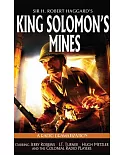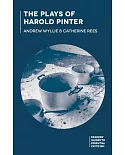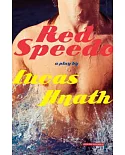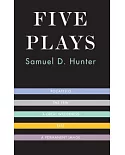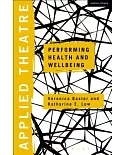By most accounts the greatest playwright of a great era - the luminous siglo de oro or Spanish Golden Age - Calder瞽n de la Barca (1600-1681) remains best known in the English speaking world for
one play, Life Is A Dream. Like any truly great artist, however, Calder瞽n's brilliance is impossible to understand through a single work. His range of subject, style, and tonality is vast,
encompassing tragedy, metaphysics, romantic comedy, honor, illusion, reality, and religion. Here is a group of plays that begins to demonstrate the scope of his achievement, in accessible,
accurate, production-tested translations. Equally at home in the classroom or the theater, these texts bring a major playwright to life in three dimensions for English-speaking audiences. Life
Is A Dream poses fundamental questions about the nature of existence - are we truly awake or do we dream our way through life? How do we know what is real and what is an illusion? How should we
then act? This soaring metaphysical drama has become one of the world's best known and most loved plays.THE PHANTOM LADY belongs to a delightful tradition of Spanish drama, the comedia de capa
y espada or "cape-and-sword play" typified by romantic intrigue and swashbuckling duels. But this is Calder瞽n, so here we find as well a searching exploration of illusion and reality, told
against a backdrop of love's triumph over the artificial structures of the honor code.THE CONSTANT PRINCE portrays a 15th-century episode from the long-fought conflict between the Christian and
Islamic worlds in North Africa and the Iberian peninsula. Fernando, the Portuguese warrior known as the Constant Prince, sacrifices himself to a slow and painful death rather than be used as
ransom for a conquered city, while his otherworldly devotion to his faith puzzles friend and foe alike. A 17th-century take on a battle from a more distant past that still resonates today, The
Constant Prince is notable for the respect, honor, and dignity with which Calder瞽n portrays both sides in this life-and-death struggle.THE GREAT THEATRE OF THE WORLD represents the auto
sacramental or sacred one-act play. This exuberantly metatheatrical work imagines an Author (standing in for God), a stage manager whose name is The World, and a cast of actors who are
instructed how to perform a pageant celebrating the Author's creation. They puzzle over how to play their parts-which represent all of humankind-and at the end of the pageant most (but not
all!) are rewarded by the Author with a heavenly banquet. This proto-Pirandellian parable is a delightful exploration of the power of theatre as well as a deep examination of faith and free
will.




